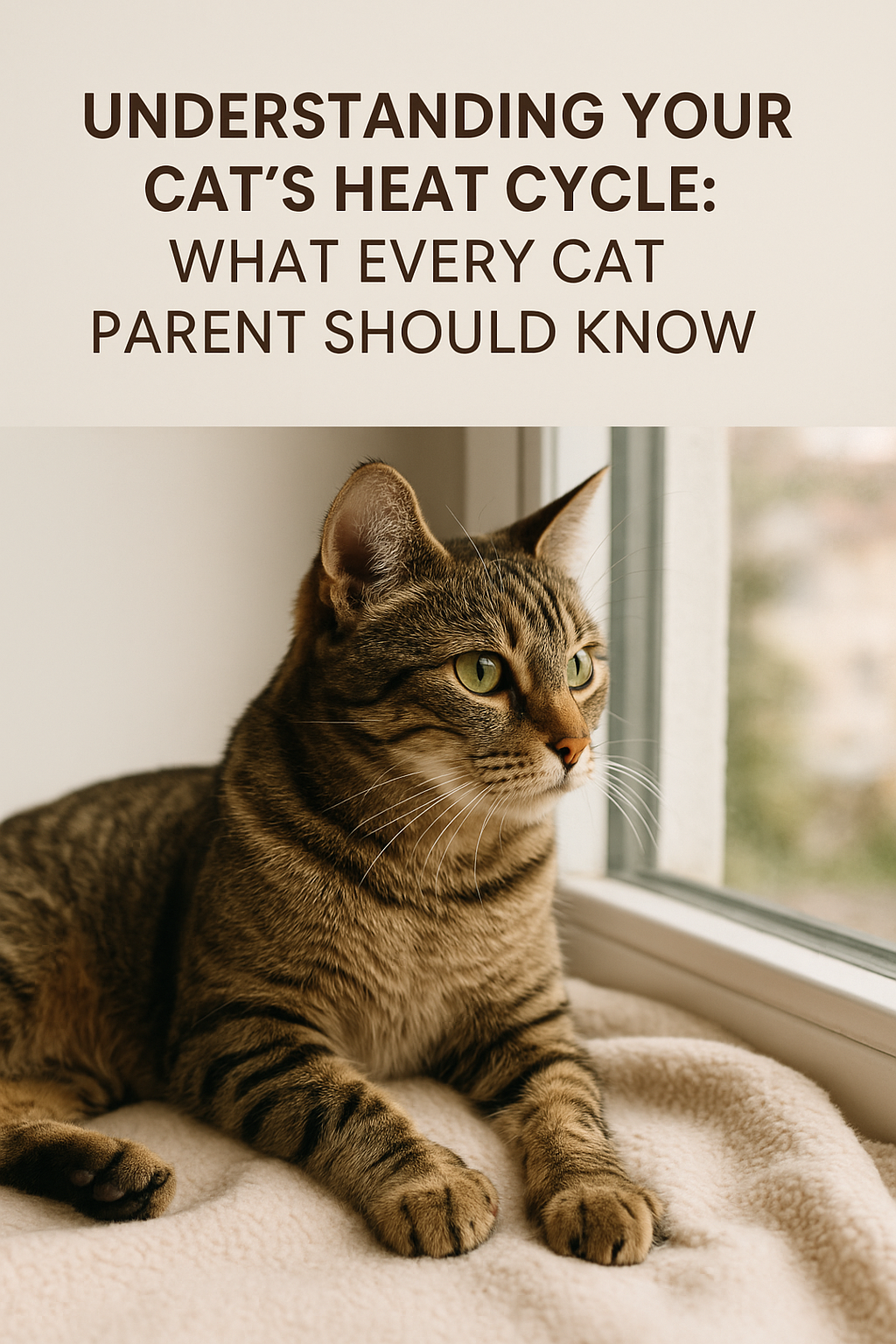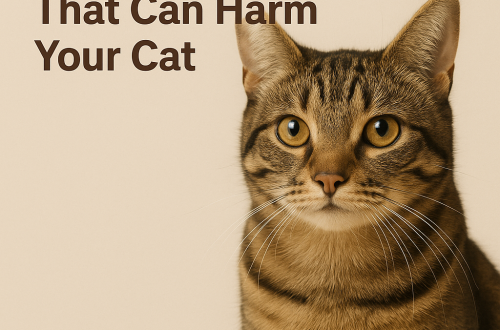
Understanding Your Cat’s Heat Cycle: What Every Cat Parent Should Know!
So your cat is acting… different. Maybe she’s meowing like she just joined a feline opera, rolling all over the floor, or trying to dash out the door every time you open it. If you’re a new cat mom, you might be wondering what on earth is going on.
Chances are, your girl is in heat.
It can be a little overwhelming at first, but don’t worry—we’ve got you covered. Let’s break down what the estrous (heat) cycle is, how to spot the signs, and what you can do to help her feel a little more comfortable.
What Exactly Is the Estrous Cycle?
In simple terms, this is your cat’s reproductive cycle—the time when her body is telling her it’s ready to mate. Most female cats go into heat for the first time somewhere between 4 and 6 months old, and unless she’s spayed, it’ll happen regularly during warmer months (think spring through fall).
Unlike humans, cats don’t ovulate unless they actually mate. That means they can go in and out of heat several times until they’re bred or spayed.
How to Tell If Your Cat Is in Heat
Here are the telltale signs that your cat might be in heat:
-
She’s very vocal (we’re talking loud, persistent yowling)
-
Rolling on the floor and rubbing up against furniture, you, the wall—you name it
-
Sticking her rear end in the air, often with her tail off to the side
-
Extra clingy… or extra cranky
-
Attempting to escape to the great outdoors
-
Spraying or marking with urine
-
Eating less than usual
This phase usually lasts around 4–10 days and, if your cat isn’t spayed, it’ll keep repeating every couple of weeks.
Tracking Her Cycle
If this is your first time going through this with your cat, it’s a good idea to start tracking her behavior. Just jot down when she starts showing signs, what they are, and when they stop. Whether you use a little notebook or an app on your phone, keeping track can help you recognize her cycle patterns—and make planning for a spay appointment easier.
Must-Haves for a Cat in Heat
Let’s be honest, heat cycles can be loud, messy, and a little stressful—for both of you. Here are some things that can help keep her more comfortable (and maybe save your sanity too):
-
Soft blankets or a heated cat bed – She’ll love a cozy, safe place to snuggle up.
-
Pheromone diffusers (like Feliway) – These release calming scents that can help take the edge off her stress.
-
Washable pee pads – Just in case she starts marking or has a bit of discharge.
-
Pet-safe cleaning spray – You’ll want this handy for quick cleanups.
-
A second litter box – Keep things extra clean and accessible.
-
Interactive toys – Help distract her and give her an outlet for all that energy.
-
Notebook or tracking app – Great for keeping tabs on patterns and symptoms.
-
Calming treats or supplements – Ask your vet about safe options to help her relax.
-
A sturdy pet carrier – Especially helpful when it’s time for that spay appointment.
You don’t need everything on this list, but having even a few of these can make a big difference.
Should You Get Her Spayed?
If you’re not planning to breed her, spaying is definitely something to consider. It helps prevent unwanted litters, reduces the risk of certain health problems, and—bonus—it stops the heat cycles altogether. Many vets recommend spaying around 5–6 months of age, but your vet can help you decide what’s best for your cat.
Final Thoughts
If this is your first time dealing with a cat in heat, you’re not alone—and you’re not doing anything wrong. It’s just part of life with an unspayed female cat. But with a little knowledge, some thoughtful care, and a few helpful products, you can make things a lot smoother for both of you.
Hang in there, cat mama. You’ve got this. 💛

